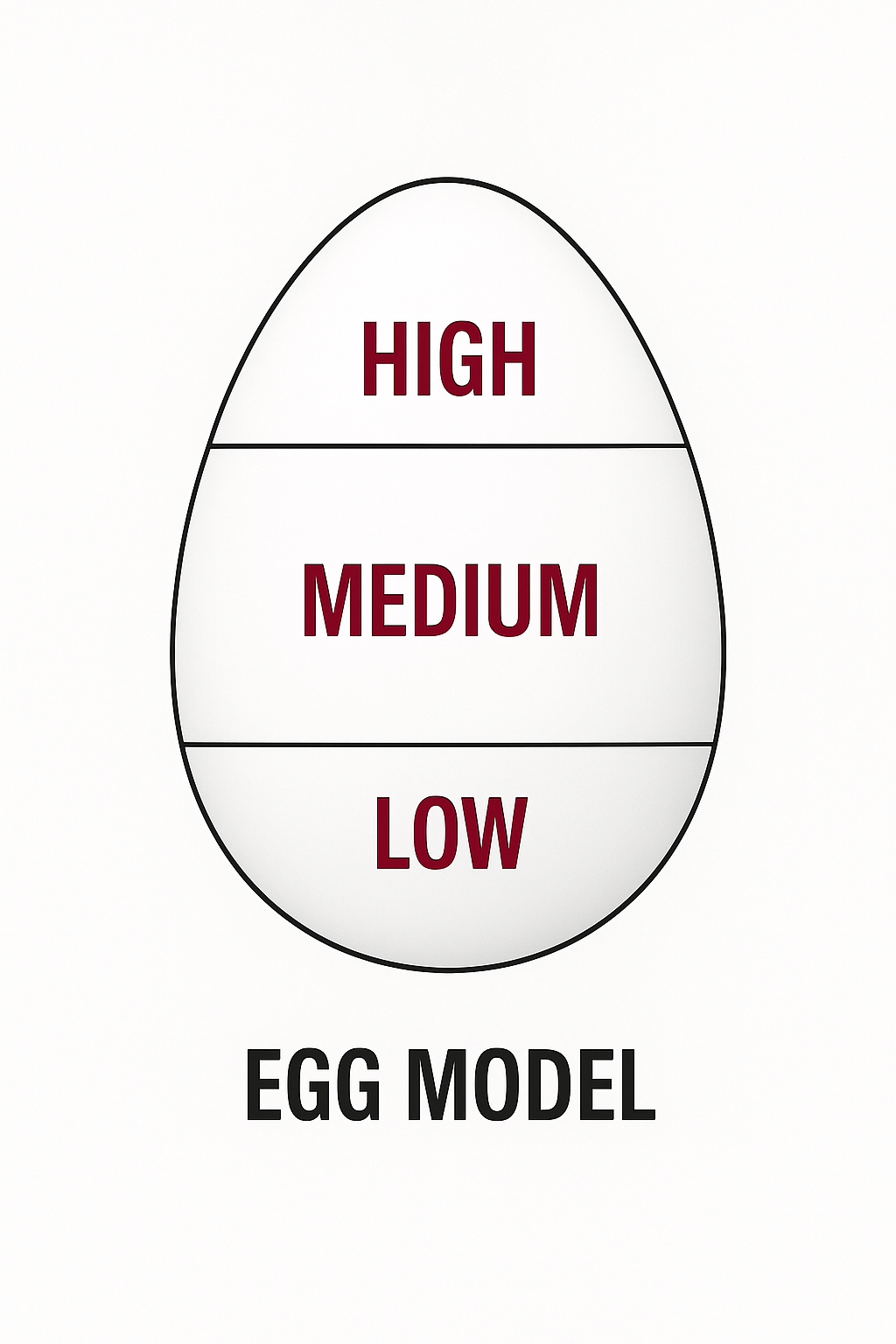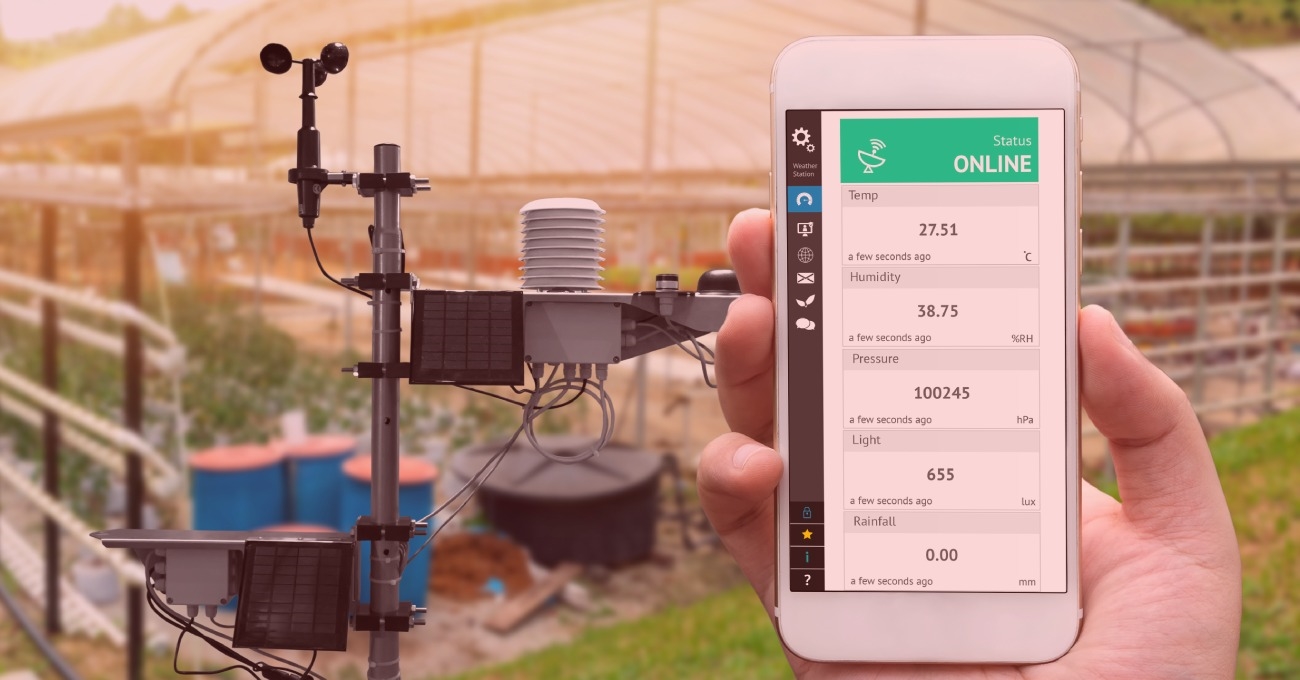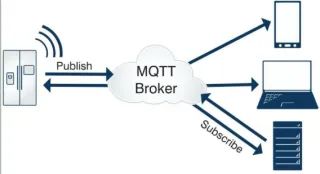
As the company advances its IoT strategy, a clear trend is the demand for customized solutions, including components for IoT gateways. A recent blog on embedded.com characterized this shift as movement from simple gateway deployments that act as data aggregators with cloud-based storage and processing toward an "IoT 2.0" model, where intelligence is pushed from the cloud down to gateways and edge devices. In this IoT 2.0 era, security is handled more comprehensively and connectivity expands to include more devices across the network up to the enterprise level.
What IoT 2.0 Means for Gateways
For gateway components of a cloud strategy, IoT 2.0 implies comprehensive connectivity, security, and processing capabilities. Essentially, an IoT gateway must be an intelligent device capable of hosting and executing multiple functions. In a recent market report on IoT and intelligent gateways, VDC Research identified the intelligent gateway segment as a large and fast-growing portion of the IoT gateway market. This article focuses on the technical requirements of intelligent IoT gateways.
Customization Trends
What drives companies toward customized gateway solutions?
One key driver is connectivity. Extending IoT across a facility, whether a factory, hospital, or home appliance network, often means integrating legacy or "brownfield" equipment with new devices, which usually requires customized interfaces.
Security is another major driver. As connectivity increases across the enterprise, the potential attack surface grows. When intelligence shifts from the cloud to gateways and edge devices, organizations become more concerned about network attacks. Customized gateways help address threat profiles specific to an organization's IoT strategy and deployment.
Specific processing needs also drive gateway customization. Requirements such as network throughput, use of open-source versus proprietary IP, soft real-time versus hard real-time performance, power management, graphics, and other factors significantly affect processor selection.
Business pressures raise the stakes: gateway requirements are becoming more complex, and organizations must find solutions that meet both technical and business objectives. This need is a primary driver of gateway customization.
Custom Connectivity
In most cases, scaling an IoT deployment means integrating new infrastructure while accounting for existing devices and systems in brownfield deployments. For example, on a factory floor there are many device types such as controllers, sensors, and actuators that rely on diverse physical interfaces including serial fieldbuses, industrial Ethernet, wireless, and proprietary links.
Before IoT 2.0, common approaches relied on integrating a set of off-the-shelf routers, bridges, and gateways to interconnect everything. That approach increases the number of devices, infrastructure requirements, spare-part types, and points of failure. Today, implementations increasingly favor fewer components. Building a custom gateway is one way to achieve that goal.
Addressing Security
The level of security required for an IoT network depends on several factors, starting with the basic question: "What am I protecting and what is its value?" Answers vary widely. In some cases, standard network security measures—SSL/TLS, firewalls, encrypted databases, and integrity checks—are sufficient. In other cases, organizations need hardware-enforced security partitions (similar to ARM TrustZone), certificate-based authentication, or third-party security solutions that detect edge security events and report them to the enterprise. Security customization requires system-level threat analysis and workshops to define the attack surface.
Gateway Processing Requirements
VDC noted that intelligent gateways are essentially capable application platforms.
A notable embedded trend is the use of multicore SoCs. For example, some intelligent gateway development kits are based on NXP i.MX6 quad-core processors (ARM Cortex-A9) optimized for graphics performance where high-quality displays or digital signage are required. Other gateway designs may use processors optimized for network throughput, such as NXP LS1021A (ARM Cortex-A7). In some cases, customers require more complex heterogeneous SoCs, for example TI Sitara AM572x with 2x Cortex-A15 plus 2x Cortex-M4 plus DSP. Customization should occur at both hardware and software levels. If a deployment requires significant compute for edge intelligence, a quad-core processor running multiple operating systems or an SMP-capable OS may be appropriate. For lighter processing needs, a single OS on a single-core processor can suffice.
For complex SoCs, the notion of a "secure converged gateway" is discussed. As intelligence moves from the cloud to the edge and more private and potentially public devices connect to a gateway, security concerns increase. Convergence in this context means integrating security, proprietary functions, and open-source environments on increasingly capable SoCs to meet differentiated business requirements while optimizing size, weight, power, and cost.
For performance and IP protection, organizations often want to combine proprietary applications with Linux-based open-source components. In some designs, heterogeneous cores are used for power management: for example, on the TI AM572x, power-hungry Cortex-A15 cores can be placed in low-power states while Cortex-M4 cores handle necessary tasks.
Such complex designs require toolchains that let developers design, develop, and debug heterogeneous architectures from a system perspective. Multicore frameworks and heterogeneous development platforms are intended to address these system design complexities.
Cost and Other Drivers of Customization
Cost reduction is another critical factor. Off-the-shelf gateways often include hardware that remains unused, so customers pay for unnecessary components that add up at scale. If a required capability is absent, additional hardware must be purchased and integrated later, increasing cost and system complexity.
Today, organizations can design and build gateways in-house or contract manufacturers. Defining requirements, reviewing designs, obtaining initial samples, testing and validating functions, and iterating through redesign-test-validate cycles can take multiple quarters or years. Costs and complexity related to operating system tools, security, connectivity, power management, graphics, boot mechanisms, and inter-processor communication must be considered.
Conclusion
As organizations move toward IoT 2.0, they face increasingly complex requirements and trade-offs. There are three common approaches to gateway strategy:
- Continue to integrate and use off-the-shelf hardware and software
- Use off-the-shelf hardware while investing in customized gateway software
- Customize both hardware and software
In each case, organizations must consider: What is the hardware cost? Am I paying for hardware I do not need? If custom hardware support is required, what are the options? Do I have the capability to customize software to fully leverage my hardware in both the short and long term?
The shift toward customized intelligent IoT gateways is underway. These solutions must account for brownfield installations, comprehensive connectivity, end-to-end security, and edge-specific processing as intelligence moves from the cloud to the edge.
 ALLPCB
ALLPCB







